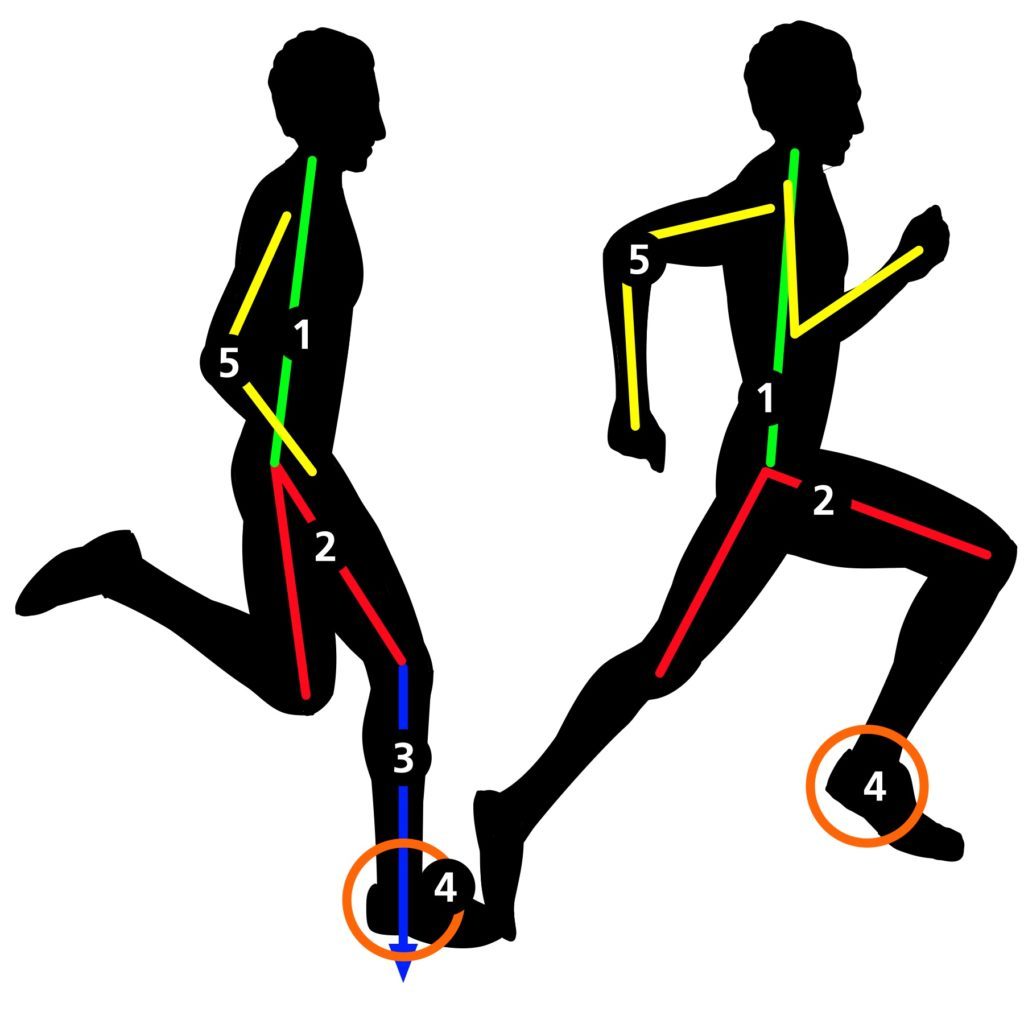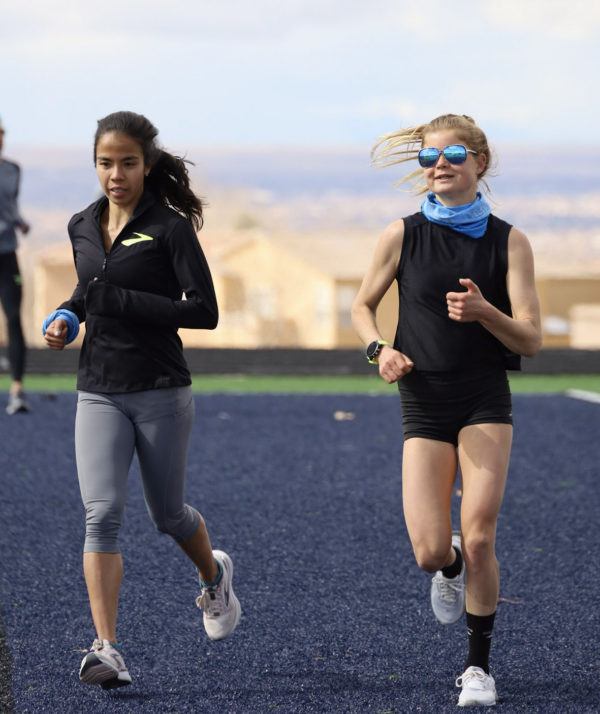- When you watch an athlete run, where do your eyes go?
- What are you looking for?
- Do you have a consistent pattern of analysis?
- Where do you stand?
- What plane do you observe most?
- Where do you start looking?
- The feet, the hips, the shoulders?
What are you most comfortable watching?
One part of our system of observation includes the identification of the non-negotiable shapes and patterns common to almost all good runners.
We call these non-negotiables the RULES.
There is a lot of discussion around running mechanics, and seemingly as much confusion around what effective and efficient running should look like.
This really should not be the case, however, as athletes are all governed by the same forces. While there are individual ways in which athletes deal with these forces, none of them should violate basic biomechanical principles.
And – we kinda know what these are!
Let’s get right to it.
In almost all cases – in all sports, there are a set of commonalities that underpin how the best in these sports move – simply because efficient movement is more economical movement. And more economical movement stems from a set of biomechanical first principles that are common to all humans.
The following rules are our ‘non-negotiables’. There are two common rules of all running gaits (jogging, running, striding, and sprinting):
- Stacked Torso and Neutral Spine
- Flexed ankles
These rules can be easily identified in the running of any good endurance runner – and you can see them in this video from the Neuromuscular Biomechanics Lab at Stanford University of running simulations at 2m/s, 3m/s, 4m/s, and 5m/s.
This video shows musculoskeletal, dynamic simulations of the running gait cycle for at four running speeds: 2.0 m/s, 3.0 m/s, 4.0 m/s, and 5.0 m/s. These are simulations of a complete running gait cycle for a representative subject at each speed. Each gait cycle starts at right foot strike and ends at the subsequent right foot strike. Muscle color indicates simulated activation level from no activation (dark blue) to full activation (bright red). The simulations are shown in real time, half speed, and with a normalized gait cycle. In particular, these videos highlight some key differences that occur with increased running speed, including a larger range of motion in the lower extremity joints, a larger step length, a short stride time, and increased muscle activation.
There are a further three rules for striding and sprinting:
- Scissoring Thighs
- Strike from above (vertical shin)
- Counter-balancing Arms

These five rules – stacked torso/neutral spine, flexed ankles, scissoring thighs, strike from above, and counterbalancing arms – form the foundation of any good running technique. We will occasionally observe outliers – athletes who move in ways that do not adhere to these rules – but we must remember that these are exceptions to the rules. Paula Radlciffe was an extremely successful athlete with a very unique running style – but that does not mean we should coach our athletes to run like her!
While we should appreciate an individual athlete’s unique constraints, we should build our biomechanical models on what is best for most.

